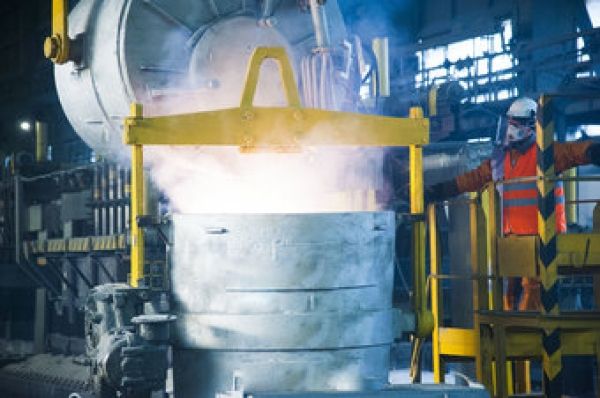Six percent of global CO2 emissions – 4.4. billion tonnes per year – are currently produced by the steel and aluminium industry. In an overview article for the journal Nature, Dierk Raabe, Director at the Max-Planck-Institut für Eisenforschung in Düsseldorf, and scientists from MIT in Cambridge Massachusetts outline how the immense CO2 footprint in metal production and use can be reduced. On the one hand, they propose measures that can be implemented quickly and with comparatively little effort. On the other hand, they formulate long-term goals that can be achieved only with the help of comprehensive basic research.
Modern societies would hardly be able to function without metals: alone 1.7 billion tonnes of steel and 94 million tonnes of aluminium are produced per year. They literally support industrial production, buildings, and transport as well as energy supply, telecommunications, and medicine. And by 2050, the amount of metallic materials produced and used annually could once again double – and even triple – for some materials. However, extracting metals from ores is extremely energy-intensive and produces huge amounts of CO2 emissions, thereby contributing to climate change. Steel and aluminium producers emit 30% of the greenhouse gases emitted by industrial companies worldwide. “We must reduce these industrial CO2 emissions”, says Dierk Raabe. “And the metals industry can make a significant contribution”. Not least because the industrial nations want to be largely climate neutral (i.e. have a positive CO2 balance) from 2050.
Continue reading at Max Planck Institute
Image via Max Planck Institute


